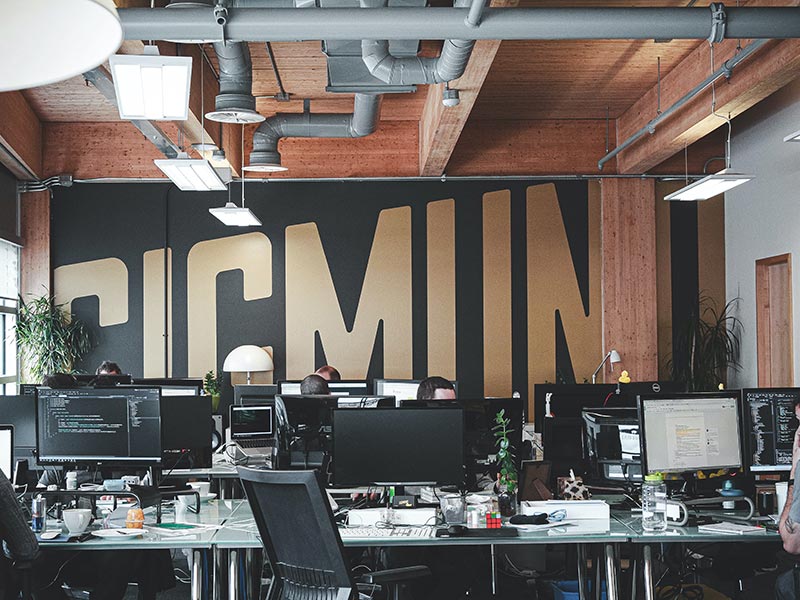Business is evolving; the way we promote is also evolving. Be it a D2C brand, an ed-tech startup, or a hyperlocal service, it depends heavily on how discoverable they are on search engines like Google. While most marketers are busy fine-tuning content and sprinkling in the right keywords, there’s a deeper layer to digital visibility …
Business is evolving; the way we promote is also evolving. Be it a D2C brand, an ed-tech startup, or a hyperlocal service, it depends heavily on how discoverable they are on search engines like Google. While most marketers are busy fine-tuning content and sprinkling in the right keywords, there’s a deeper layer to digital visibility that’s often overlooked: Technical SEO and On-Page SEO.
Although both play key roles in improving search engine rankings, they serve very different purposes. Let’s know them easily and, more importantly, in a way that Indian businesses and digital teams can act upon.
What Is Technical SEO?
Technical SEO refers to the backend optimization of your website. It enhances the infrastructure so that search engines like Google can effectively crawl, index, and rank your pages. Think of it as laying a solid digital foundation — the pipes, the wiring, the framework that holds everything together.
Key areas Technical SEO focuses on:
- Site speed optimisation
- Mobile-friendliness
- Proper indexing of pages
- Clean site architecture
- Use of structured data (schema)
A few practical examples include creating an XML sitemap, optimizing robots.txt files, enabling HTTPS for secure browsing, and fixing crawl errors. Indian digital marketers often use tools like Google Search Console, Screaming Frog, and Sitebulb for these tasks.
What Is On-Page SEO?
While technical SEO is building a home, on-page SEO is the interior design — the content, the aesthetics, and the messaging. It focuses on improving individual page content so search engines can understand its relevance to user queries.
Core components of on-page SEO:
- Writing compelling meta titles and descriptions
- Crafting keyword-rich headings and subheadings
- Embedding internal links for better site navigation
- Ensuring image alt text is descriptive
- Maintaining top-notch content quality
In simple terms, it’s about matching your website content with the search intent of users. Indian brands often deploy tools like Surfer SEO, Yoast, or Rank Math to implement these strategies effectively.
- Foundation vs. Content: The Real Difference
- Technical SEO = Your website’s solid foundation
- On-Page SEO = The quality of the content on top of that foundation
To visualize it better, imagine technical SEO as your building’s electrical and plumbing systems and on-page SEO as the furniture, lighting, and color scheme. One without the other means an incomplete digital experience.
Why Indian Businesses Must Take Both Seriously
With increasing competition in every niche — from vernacular news portals to regional eCommerce startups — merely pushing out content is no longer enough. A sluggish, unoptimized website will deter both Google bots and potential customers.
Moreover, mobile users form a significant chunk of India’s internet traffic. Hence, Google’s mobile-first indexing means technical SEO can no longer be sidelined.
Final Thoughts
If you’re serious about digital growth in 2025 and beyond, you need both pillars in place. Think of technical SEO as the silent enabler and on-page SEO as your active storyteller. Together, they form the backbone of any successful SEO strategy.
So whether you’re an agency in Hyderabad, a SaaS founder in Bengaluru, or a media house in Mumbai — invest in both. Because search engines love websites that are fast, clean, and content-rich.






